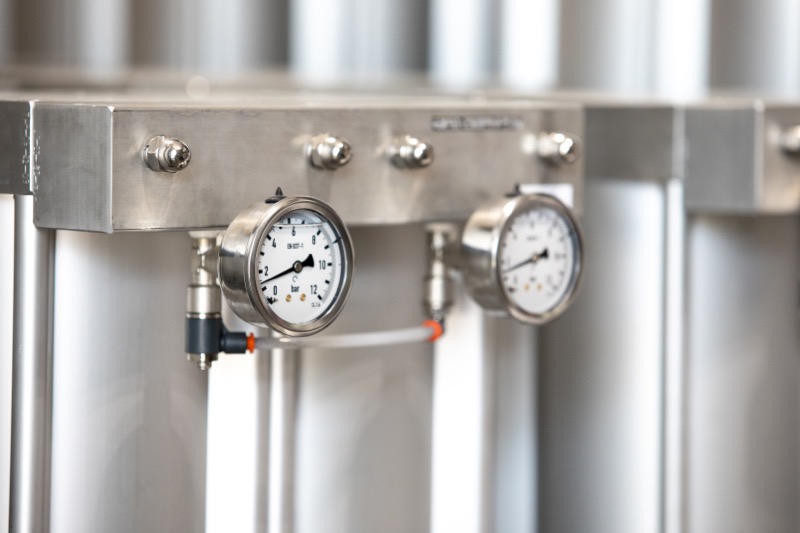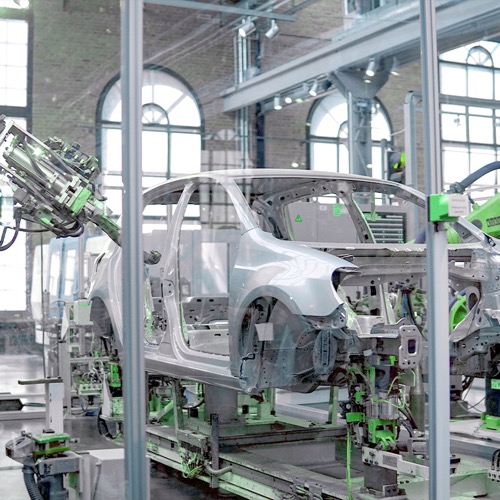Plastic Injection
Plastic injection applications require the use of inert gases in multiple situations.
Description
Short & Full shot
These Productive processes take place take place by first injecting a specific volume of plastic into the mold cavity and then injecting an inert gas such as nitrogen. The gas helps to complete the uniform filling of the cavity, to pack the plastic, and to compensate for the volumetric shrinkage caused by the cooling of the plastic.
Plastic Expulstion Plastic Expulstion Process & Pushback
In the process known as Plastic Expulsion Process, the cavity or mold is filled with molten plastic, and gas is injected to pack and compact. Then, the opening of a valve allows the excess plastic displaced by the gas to be expelled into an adjacent cavity. In the case of the Push Back technique, it requires the use of a hot chamber.
External gas molding
With the External Gas Moulding technique, once the mold is filled, the process requires the
injection of the gas forming a thin layer between one of the plastic surfaces and the adjacent mold. In this way, uniform pressure is applied to the entire plastic part as it cools, contracts, and solidifies by forcing it against the opposite surface of the mold cavity, thus improving surface replicability. This technique requires low packings and the gas is injected at low pressures so that hydraulic/electrical costs are lower.



